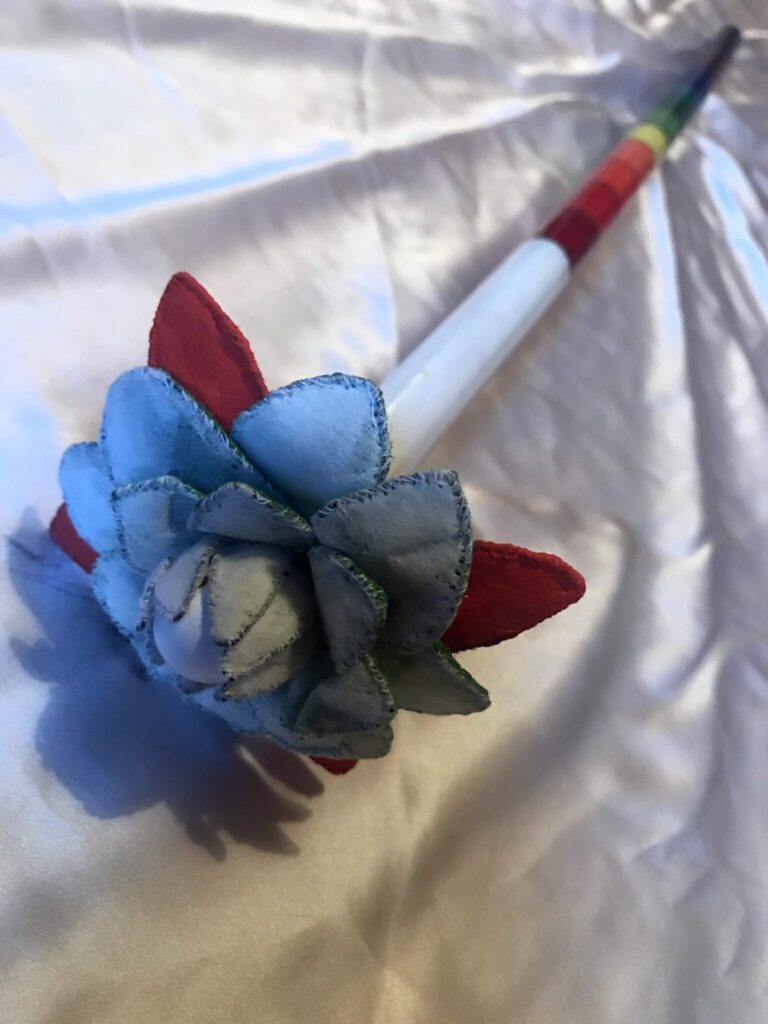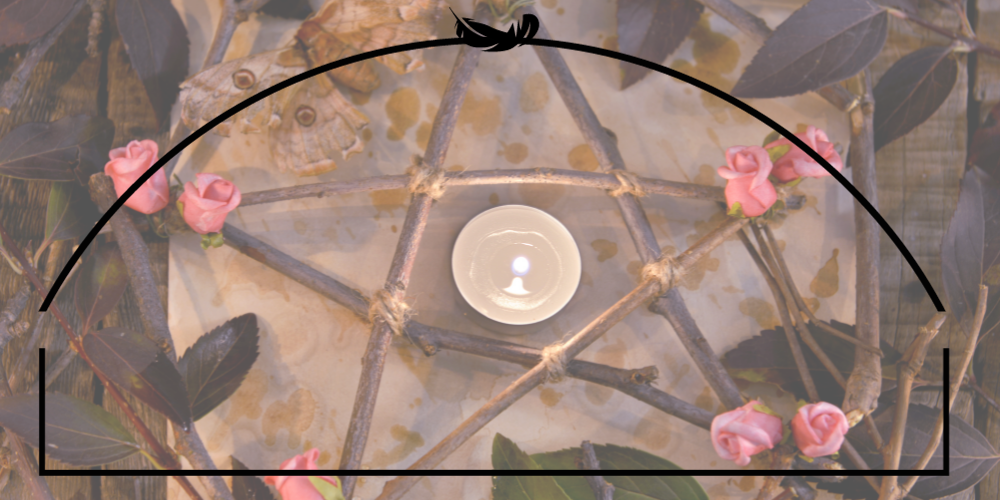First, a disclaimer: I know that not everyone is adept at crafting and that we can make an argument that handcrafting tools might be ableism. I would like to preface the text that follows with this caveat: making your own tools can be a significant learning experience but it does not mean that purchased tools can’t have their own value/significance in differing ways. The work is merely different.
Making tools is a labour of love. The hours poured into a handcrafted tool will inevitably help foster a bond or story of origin between you and the tool you craft. Making a tool from scratch requires planning, intention, and patience. It requires a willingness to sit with imperfection, yours and your tool’s, and love it anyways.
We are usually our own worst critics. And when we make a tool, that same criticism gets directed outwards onto the tool. It doesn’t look perfect; it doesn’t come out just as we envisioned it; there are flaws (visible and invisible to the outside viewer). It may be clunkier than would have liked. It may not have straight lines or the colours have bled or smudged in some way.
We may give up along the way. Or even love it at first, only to become disenchanted with it over time.
But I think the way that we view our handcrafted tools may be a mirror into the way we sometimes view ourselves; the ways we speak to ourselves. And I think this is part of what makes crafting your own tools such a radical act of self-love. Learning to see the flaws and love my handmade tools anyways is a reminder to learn to love, on some level, myself for all my own flaws and imperfections because they are mine, grown and evolved out of love and time. They are what make me and my tools unique and infused with meaning.

In an age where we can buy almost anything and have it be factory “perfect” copies, learning to love individual imperfections in our tools is also a reminder that we ourselves do not need to be carbon copies of one another. My jiggly bits, individual crooked features, and quick to react temperament make me, well, me. Nature does not thrive on perfection; which is what makes it perfect. It grows wild and crooked; each version unique in its own way in response to its environment, just like our finger prints are unique to us and we are a response to our own habitats, cultures, and societies. And yet we still love the rose for all its thorns.
The process of grappling with imperfection feels, to me at least, part of the work. Call it shadow work lite if you will. I think that we have become too scared of imperfection. To fearful of doing it wrong. Of not measuring up or being good enough. And in the process we may have lost some of our gumption; our willingness to dare, risk, and fail for fear of not being “perfect.” But failing is what teaches us to be able to do hard things and the process of trying, failing, and trying again, is what helps create the stories that guide us in life.
So I think, when we can, we should reclaim the handmade and make our tools as much as we can. We should infuse our tools with stories, meaning, and love. We should see our handmade tools as extensions of ourselves, warts and all (aren’t witches supposed to have warts anyways 😛 ) and learn to love them for their personal imperfections. After all, the best characters are flawed!

Which brings me to another point: the stories that our tools carry. A gifted or purchased tool can have its own stories but often I find the most interesting ideas and realizations arise while working on tools; and that the associations and stories that are made during the creative process can really help bring a tool to life.
There are a multitude of symbols woven into this sistrum and I’ll never be able to pick it up without seeing them all because of the time I spent in creation.
Whenever I look at this tool I will recall walking the land with my son, the piece of wood that presented itself to me, walking through the field with it in tow, my partner’s assistance in the process (after shaking his head at me for always doing it the hard way – and the gentle reminder to ask for help), the jokes between friends and family that I needed them all to drink more beer, hammering out the caps with my mother’s hammer, and so much more. All of which make up the story of this tool. In it I see the 3 and the 9 which hold significance to me. I see the Fallopian tubes and the uterus and am reminded of one form of fertility/creation, which becomes all the more lovely when I recall that my son was with me throughout the creation of this tool.
All of this will reside in this tool – to be drawn upon when I pick it up to use during the Equinox – and it makes all the imperfections it contains absolute perfection. Shouldn’t some of our tools carry the stories we imbue them with from the act of creation?


I love this post. I made a sistrum from some shells that I gathered on a beach in Fife, Scotland. I made a wand from a knobbly piece of beech that I found in the New Forest. I love handmade tools, and you are so right about the stories they carry, and their uniqueness.
Thanks. I’m glad it resonates and I appreciate the share 🙂 I love hearing about the stories behind people’s tools. It makes them so fascinating.
Reblogged this on Dowsing for Divinity and commented:
Great post by Faye at Occultivated.